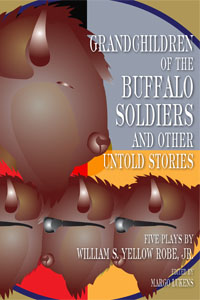“Free People of Color” in Old Virginia: The Morris Family of Gloucester County, a Case Study
Renegade South: histories of unconventional southerners
2011-11-10
Victoria E. Bynum, Emeritus Professor of History
Texas State University, San Marcos
Back in 1977, when I was a junior in college, history became a personal venture for me when an African American friend told me that his ancestors were from Virginia, but that he had always heard that they were not slaves. African Americans from Old Virginia who had never been slaves? That got my attention!
A brand new history major, I decided on the spot to research my friend’s family history. Soon I was delving into microfilmed and published records from colonial Middlesex and Gloucester Counties of Virginia, where I did indeed find the ancestors of my friend—and many more—living as “free people of color” in colonial and antebellum Virginia. The following is their story.
During the transformative years of 1680-1730, as slavery overtook servitude as the favored system of labor among planters in the English colonies of America, a small but significant population of free people of color emerged in Virginia’s Gloucester and Middlesex Counties. We know very little about their individual lives beyond their names, racial designations, and ages as recorded in church and court records. We know, for example, that Elizabeth Morris, a servant of Middlesex County, was of mixed ancestry because the vestry book of Christ Church Parish described her in 1706 as “A Mulatto Woman.” (Note 1)
That same vestry book identified Elizabeth’s white master and mistress as “gentleman” Francis Weeks and his wife, Elizabeth. The Weeks family owned a number of slaves, raising questions about why Elizabeth was not also enslaved. Perhaps her mother was also a servant, or perhaps Elizabeth was the child of an enslaved woman and a white slave master who subsequently freed her…
…But even in this deliberately bi-racial society, a third category of race and status intruded: that of free person of color, with ”color” often meaning light brown. Elizabeth Morris’s designation as a “Mulatto,” which technically meant half African, half European, should not be taken literally. Virginia officials used the term rather loosely; it might mean that an individual was born to a mixed-race couple, or simply that one or both parents were of mixed ancestry. Mainly, it meant that a person’s skin was lighter in tone than that of enslaved Africans being forced into the colony in ever greater numbers…
Read the entire article here.


